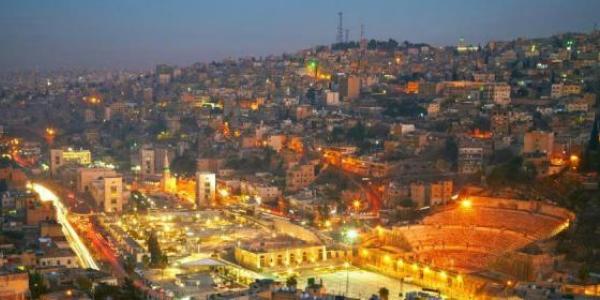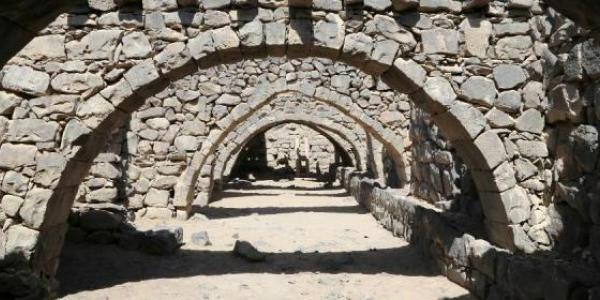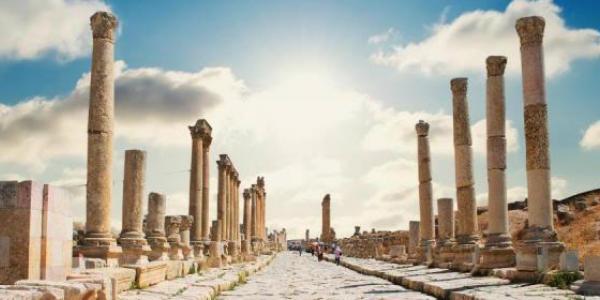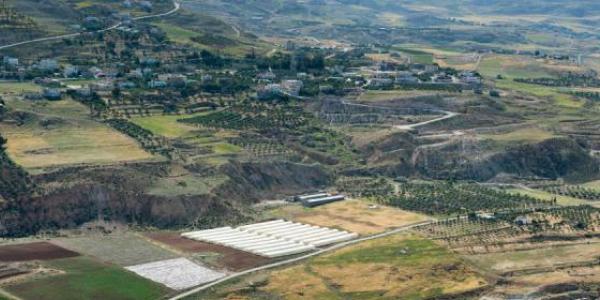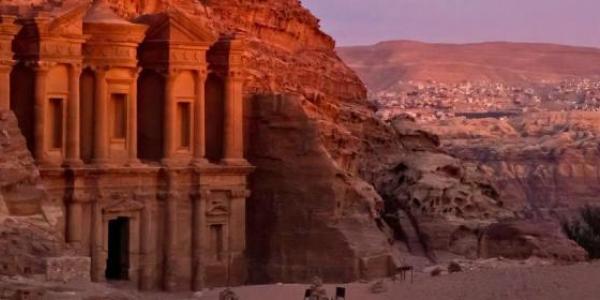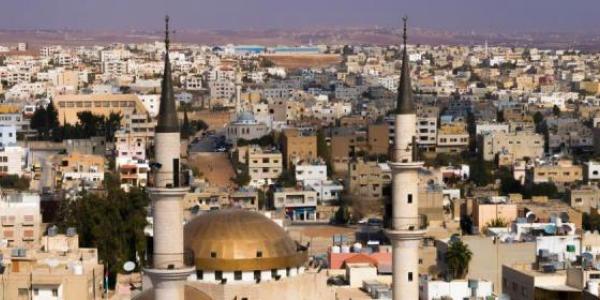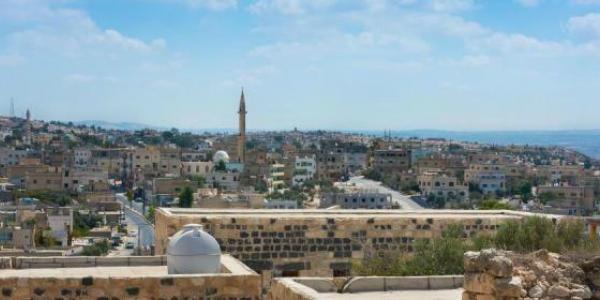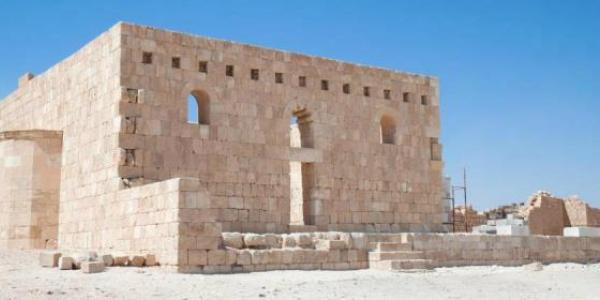Hadrian’s Arch
Built to commemorate the visit of the Emperor Hadrian to Jerash in 129 AD, this splendid triumphal arch was intended to become the main southern gate to the city; however, the expansion plans were never completed.
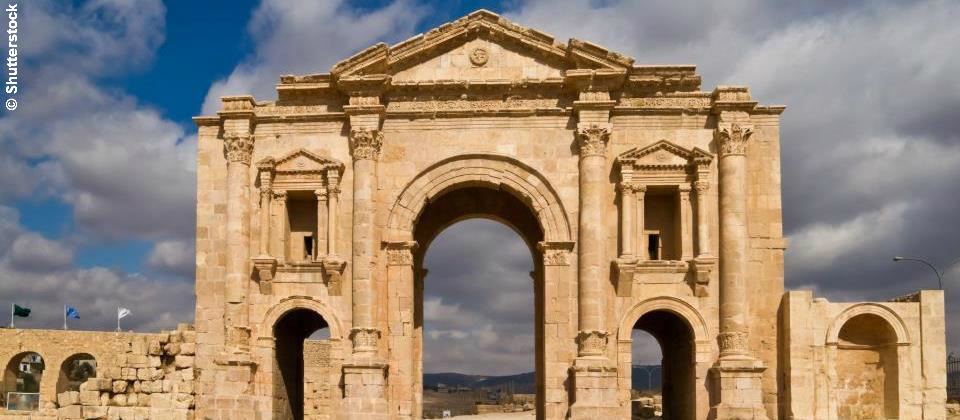
Hippodrome
This massive arena was 245m long and 52m wide and could seat 15,000 spectators at a time for chariot races and other sports. The exact date of its construction is unclear but it is estimated between the mid-2nd to 3rd century AD. Re-enactments by the ‘Roman Army and Chariot Experience’ (RACE) revive the days when gladiators and charioteers appeared before the crowds.
Oval Plaza
The spacious plaza measures 90m x 80m and is surrounded by a broad sidewalk and colonnade of 1st century AD Ionic columns. There are two alters in the middle, and a fountain was added in the 7th century AD. This square structure now supports a central column, which was recently erected to carry the Jerash Festival Flame.
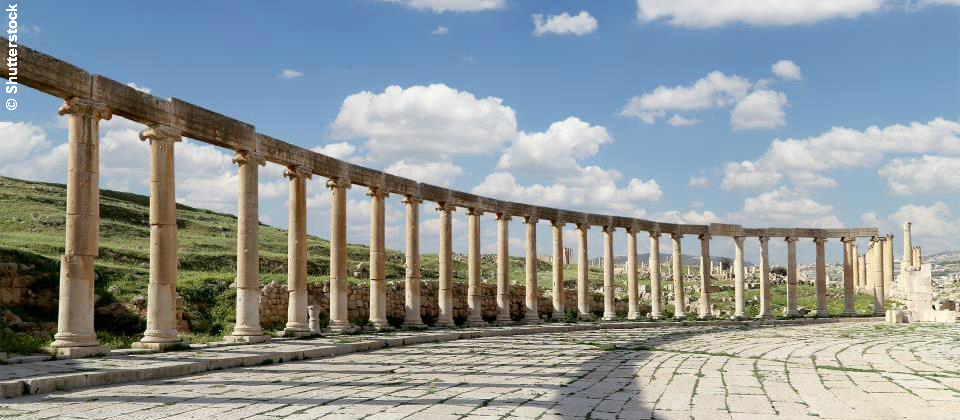
Colonnaded Street
Still paved with the original stones – the ruts worn by chariots are still visible – the 800m Cardo was the architectural spine and focal point of Jerash. An underground sewage system ran the full length of the Cardo and the regular holes at the sides of the street drained rainwater into the sewers.
North Theatre
The North Theatre was built in 165 AD. In front is a colonnaded plaza where a staircase led up to the entrance. The theatre originally only had 14 rows of seats and was used for performances, city council meetings, etc. In 235 AD, the theatre was doubled in size to its current capacity of 1,600. The theatre fell into disuse in the 5th century and many of its stones were taken for use in other buildings.
South Theatre
Built during the reign of Emperor Domitian, between 90-92 AD, the South Theatre can seat more than 3,000 spectators. The first level of the ornate stage, which was originally a two-storey structure, has been reconstructed and is still used today. The theatre's remarkable acoustics allow a speaker at the centre of the orchestra floor to be heard throughout the entire auditorium without raising his voice. Two vaulted passages lead into the orchestra, and four passages at the back of the theatre give access to the upper rows of seats. Some seats could be reserved and the Greek letters which designate them can still be seen.
The Jerash Archaeological Museum
The Jerash Archaeological Museum was established in 1923 inside one of the vaults of the courtyard of the Artemis Temple. In 1985, the museum was moved to the renovated old rest house. The museum is now dedicated solely to discoveries from the Jerash region and its collections cover the archaeological periods, from the Neolithic up to the Mamluk period.
Umayyad apartment house
The Umayyad apartment house was discovered in the excavations carried out at Jarash. This Umayyad apartment house is about 600 m2, with 5-6 separate house units belonging to families that shared the same courtyard. The plan of the units/ apartments reflects a homogeneous pattern, while most of them were composed of two rooms; the front room for daily use and the back room for sleeping.



